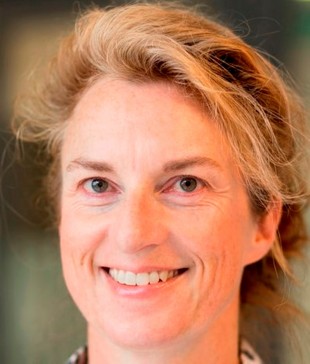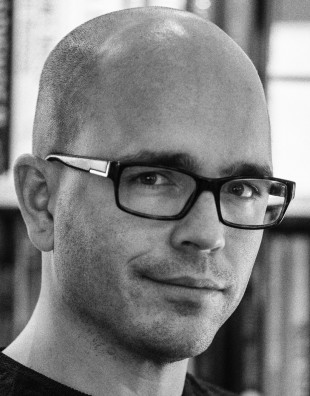
Nansen Neuroscience Lectures 2017
The Nansen Neuroscience Lectures (NNL) are organized in conjunction with Fridtjof Nansen's birthday to commemorate his fundamental contribution to neuroscience*. The NNLs are given by speakers selected from the top tier of neuroscience research.
Admission: Open to public, no charge
11:30 -- 12:00 Coffee and refreshments, mingling
12:00 -- 12:03 Opening by Ole M Sejersted, President of The Norwegian Academy of Science and Letters
12:03 -- 12:06 Introduction by Linda H Bergersen, University of Oslo
12:06 -- 12:46 Lecture by Asta Håberg, Norwegian University of Science and Technology (NTNU), Trondheim: "An epidemiological approach to neuroscience"
12:46 -- 13:00 Discussion and questions from the audience, moderator Jon Storm-Mathisen
13:03 -- 13:06 Introduction by Linda H Bergersen, University of Oslo
13:06 -- 13:46 Lecture by Tomas Björklund, Lund University, Lund, Sweden: "Taming viruses to map and repair the brain"
13:46 -- 14:00 Discussion and questions from the audience, moderator Jon Storm-Mathisen
Asta Håberg: "An epidemiological approach to neuroscience"
Minibiography: Asta Håberg received her MD from the University of Oslo and her PhD (dr. med.) from the NTNU in Trondheim. She has worked with animal models of human neurological disease, in healthy volunteers and patients (mainly traumatic brain injury, preterm birth, and ischemia) MRI and MRS to elucidate brain structural, metabolic and functional correlates and plasticity. The neuronal basis of memory and attention, and how best to maintain these abilities throughout life, is a particular focus area. This interest has led to development of methodology for large-scaled epidemiological studies on cognition in HUNT (Nord-Trøndelag health study) in order to understand the somatic, psychological, social and genetic basis of individual differences in cognition and their brain structural and functional underpinnings.
Tomas Björklund: "Taming viruses to map and repair the brain"
During development, our brain goes through an amazing process of making and destroying connections between nerve cells. What connections remain in adulthood determine how we function. When those connections falter, disease ensues, revealing their importance. To date, the studies on brain connectivity have been limited to either crude assessment on the multi-millimeter scale of the entire human brain using brain imaging techniques or using labor intensive electron-microscopy techniques mapping each connection one by one. The goal of our research is to develop a novel technology that could fill the gap, so that we can understand how complete circuits in the brain function and connect before we have the entire map of the brain completed. To reach this goal we have chosen to develop synthetic viruses and utilize the genetic code as address labels. These viruses can infect nerve cells at their connectivity points (the synapses) and transport the information in their genome to the connected nerve cell bodies, where we then can map this information using modern sequencing techniques. In the end, this technology would help us to understand what goes wrong in the brain in complex disorders such as Parkinson's disease and Schizophrenia. The newly developed viruses could also help us to develop new treatments as they could target specific connections in the brain, leaving the rest untouched.
Affiliation: Group leader, Associate Professor of Neuroscience, Molecular Neuromodulation, Wallenberg Neuroscience Center, Lund University, Lund, Sweden; tomas.bjorklund@med.lu.se; http://www.med.lu.se/expmed/molecular_neuromodulation
Minibiography: Tomas Björklund obtained his training at Lund University, Sweden, where he completed his PhD in neuroscience in 2009. After a post-doctoral fellowship, he received an Assistant Professor position in 2011, when he established his research group, Molecular Neuromodulation. His research is at the union of neuroscience, molecular biology and bioinformatics, where a major goal is to develop and utilize frontline technologies to answer long-standing questions in brain function and connectivity, including in Parkinson's disease. He has founded a biotech company, Genepod Therapeutics, which is furthering his gene-based therapy for Parkinson's disease towards clinical trials.
Organizers: Linda H Bergersen and Jon Storm-Mathisen in cooperation with the University of Oslo, the Nansen Neuroscience Network (NNN), and The Norwegian Academy of Science and Letters (DNVA).
* Nansen as neuroscientist: see notes at http://www.dnva.no/kalender/vis.html?tid=48780
